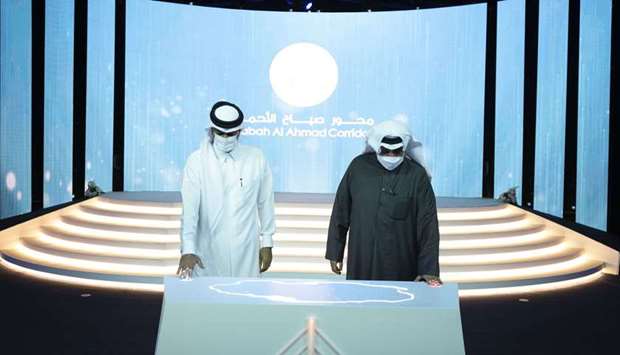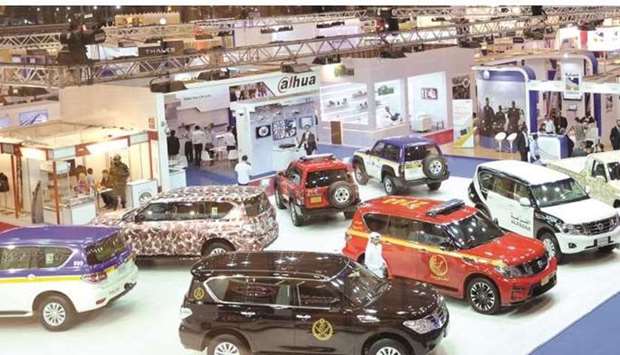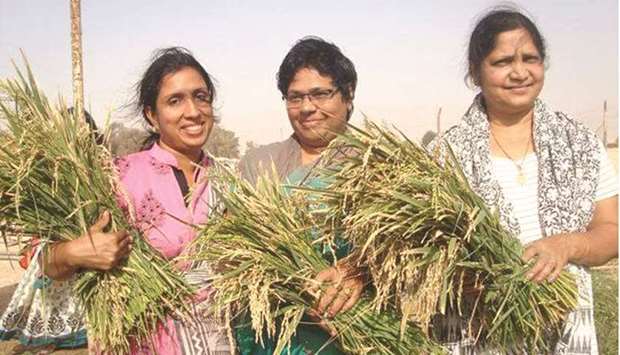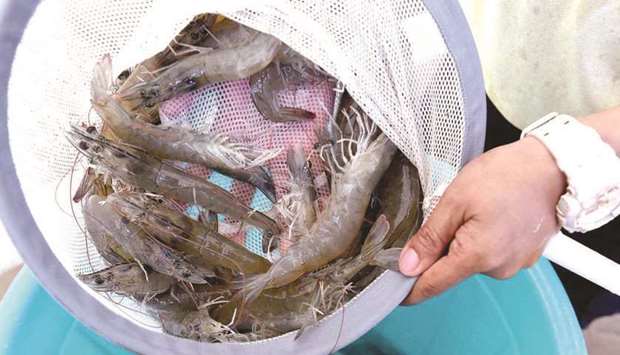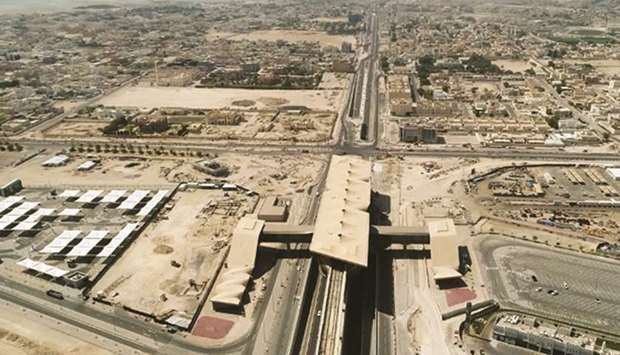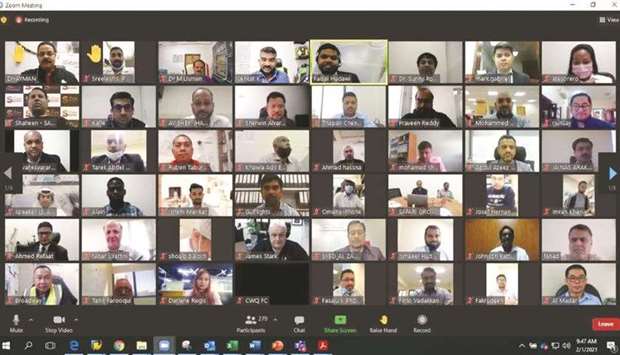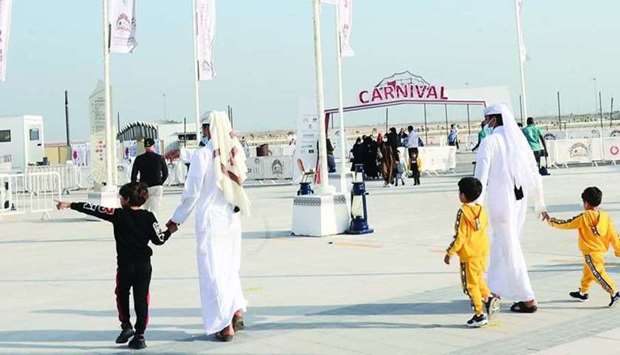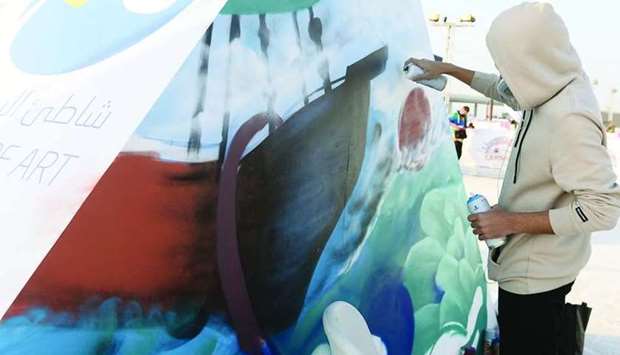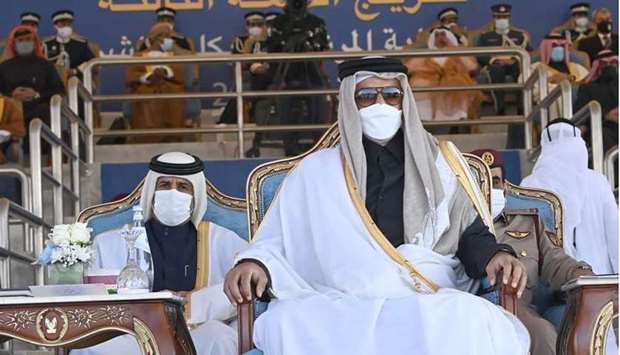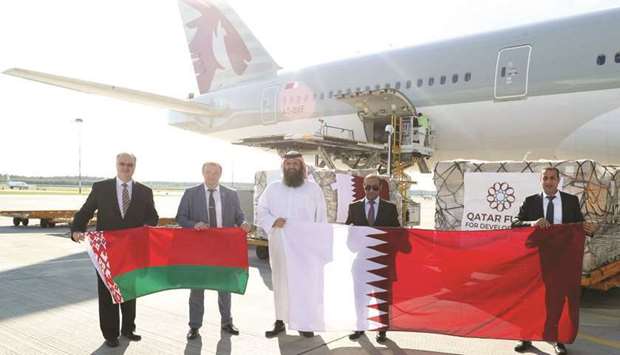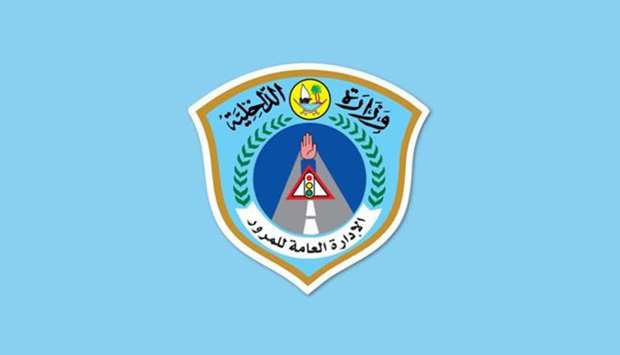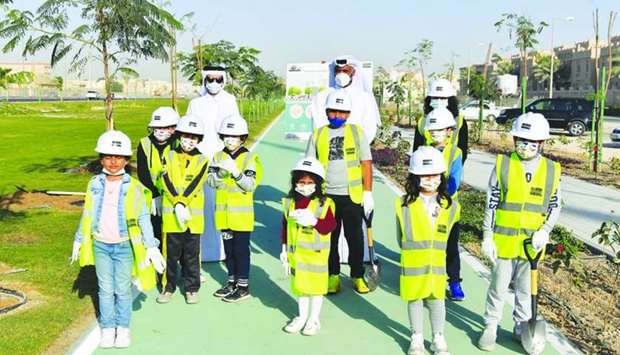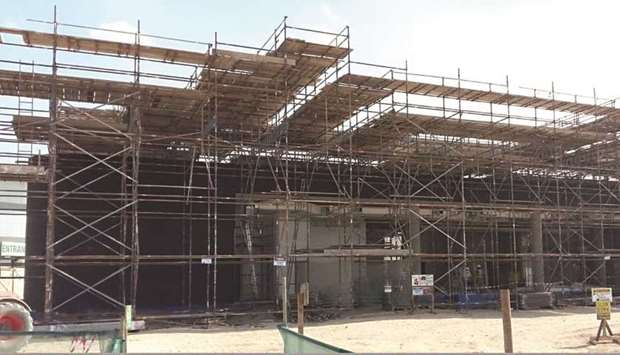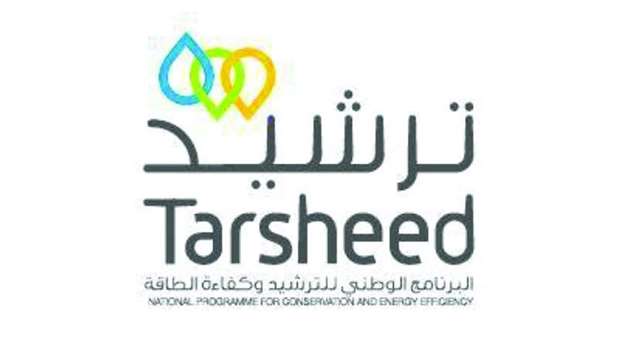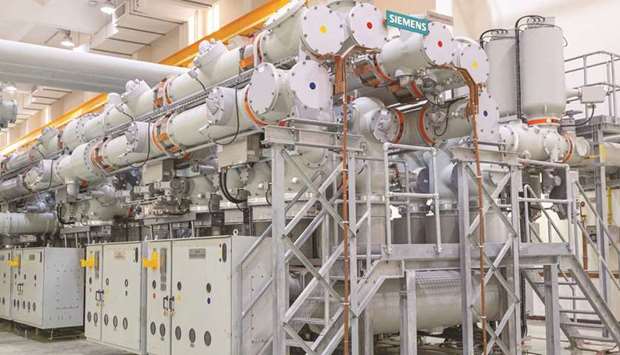*29km-long Corridor is one of the largest road projects executed by Ashghal At a grand ceremony, the Sabah Al Ahmad Corridor, described as a vital artery in the heart of Doha, was inaugurated by HE the Prime Minister and Interior Minister Sheikh Khalid bin Khalifa bin Abdulaziz al-Thani and Kuwait's Deputy Prime Minister and Defence Minister Sheikh Hamad Jaber al-Ali al-Sabah Wednesday. The event in adherence to the Covid-19 protocols, took place on Qatar's first cable-stayed bridge, an integral part of the Corridor, beautifully lit up in the national colours of Qatar and Kuwait and decorated with the national flags. The inauguration coincided with celebration of the National Day and Liberation Day Anniversary of Kuwait and was described as a gift to the brotherly nation. A wide view of Qatar's first cable-stayed bridge, an integral part of the Sabah Al Ahmad Corridor, Wednesday. The Corridor was built in appreciation of the late Amir of Kuwait, Sheikh Sabah al-Ahmad al-Jaber al-Sabah. It was in February 2019 that His Highness the Amir Sheikh Tamim bin Hamad al-Thani directed to name the Corridor after Sheikh Sabah, embodying the deep historic ties of brotherhood and in appreciation of his humanitarian efforts. Dignitaries on Qatar's first cable-stayed bridge during the inaugural ceremony of the Sabah Al Ahmad Corridor Wednesday in Doha. The ceremony saw the presence of a number of ministers, diplomats, a delegation from Kuwait, and representatives of the companies implementing the project. At the beginning of the inaugural event, a short video that highlighted the life and contributions of Sheikh Sabah was screened. Another film shed light on the distinct features of Sabah Al Ahmad Corridor, a prestigious project of the Public Works Authority (Ashghal), as one of the largest road infrastructure projects in the country, including bridges, intersections and tunnels and serving six FIFA 2022 World Cup stadiums. HE the Prime Minister, Kuwaiti Deputy Prime Minister and other dignitaries during the inaugural ceremony The 29km Corridor cuts 70% of travel time from Hamad International Airport (HIA) to Al Shamal Road while intersecting with 15 main roads including Ras Bu Abboud Street, Industrial Area Road, Salwa Road, Al Waab Street and Al Rayyan Road and connecting 25 residential neighbourhoods with many commercial, educational and health facilities. The Corridor, which is the alternative route for Doha Expressway and 22 February Street, also comprises Qatar's longest bridge, longest and deepest tunnel and largest intersection. HE the Minister of Transport and Communications Jassim Seif Ahmed al-Sulaiti said the Corridor is an important addition to the land transport network serving many other transport sectors including HIA and the Doha Metro network. Ashghal president Dr Saad bin Ahmed al-Mohannadi highlighted that the Sabah Al Ahmad Corridor is open to traffic a few months ahead of schedule, with the works unaffected even by the Covid-19 pandemic. Yousef al-Emadi, director of Projects Affairs at Ashghal said the government spared no effort to speed up the completion of works. He noted that around 60% of locally manufactured materials were used in the project. The Supreme Committee for Delivery and Legacy (SC) secretary general Hassan al-Thawadi said Sabah Al Ahmad Corridor will serve six FIFA 2022 World Cup stadiums, including Al Thumama, Al Janoub, Khalifa International and Education City.

Shafeeq Alingal
Shafeeq Alingal is a Staff Reporter with Gulf Times. He has mainstream media experience of six years. Health, environment and wildlife are among his specialties.
Most Read Stories

